Douglas Westwood: FEEDing the Recovery
Backlogs for subsea equipment manufacturers have been historically high in recent years – following record levels of subsea tree orders posted in 2013-2014. The process of working through these backlogs has thus-far cushioned the market against the decline in order activity seen in 2015. However, these backlogs are now being eroded rapidly as new orders are dwindling. This will expose original equipment manufacturers (OEMs) to the reality of the oil price downturn, with a trough in installations expected in 2017-2018.
With many offshore projects delayed or cancelled due to the oil price downturn, there is understandably a media focus on these delays. But what are operators doing to position themselves for the expected recovery in activity and how quickly will they be able to proceed with delayed development projects in the event of an oil price recovery?
During the previous industry cycle it was evident that many operators took the opportunity in the downturn to continue to progress development concepts and initial engineering on stalled projects. We are seeing a similar trend this cycle. Notably, in Australia, Hess Oil Corporation is proceeding with the tender process for the engineering, procurement and construction (EPC) contracts for a giant semi-submersible platform and other subsea equipment for its Equus field development project. This is despite the fact that the project is not expected to be sanctioned until 2017.
This scenario is not limited to Australia. Notably, in the US Gulf of Mexico, BP is in the process of tendering for EPC contracts for its Mad Dog Phase 2 project, notwithstanding the fact that the timetable for the final investment decision (FID) remains uncertain. Anadarko’s Shenandoah field is an additional example – pre-FEED exploration and appraisal drilling is occurring, even though project sanctioning has been delayed.
Over the course of an upturn in activity, lead-times for delivery and prices typically increase as activity picks up. Being ‘first in the queue’ as a result of a strategy to continue FEED work through the cycle may be vital in maximising the net present value operators can achieve from future field developments.

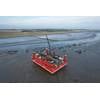
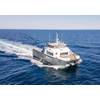
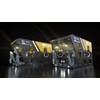
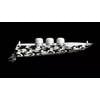







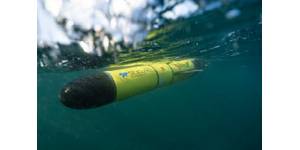
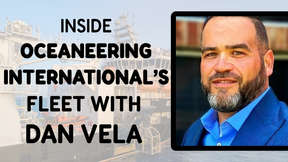
 August 2025
August 2025



